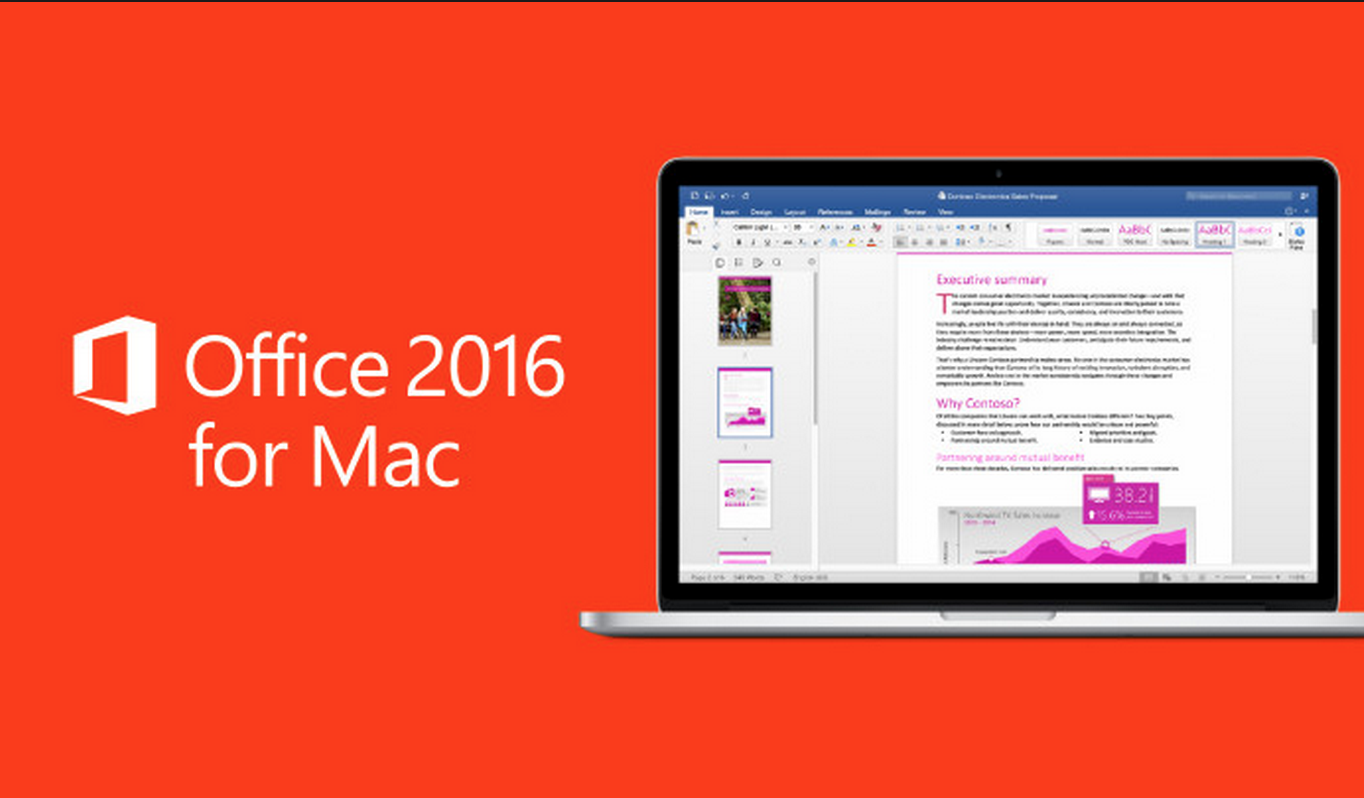

In general, there are two options: using Windows 365 Cloud PCs and using Parallels Desktop. The support page details how to run Windows 11 on Apple silicon Macs. Installing Windows directly on Macs using Apple's Boot Camp feature is not an option unless your Mac has an Intel CPU, so it doesn't work with M1- and M2-based Macs. Previously, Alludo (the rebranded Corel) had announced the capability in its Parallels Desktop virtual machine software, but by publishing the options on its support page, Redmond officially acknowledges that the setup works and is approved.

Microsoft today published a support page (Opens in a new window) that shows how Mac users can run Windows 11 on their Apple silicon M1- and M2-powered Macs.
How to Set Up Two-Factor Authentication. How to Record the Screen on Your Windows PC or Mac. How to Convert YouTube Videos to MP3 Files. How to Save Money on Your Cell Phone Bill. How to Free Up Space on Your iPhone or iPad. How to Block Robotexts and Spam Messages. * You can also delete the file specifically from Trash if you want to leave other items in the Trash alone for now. If you still want to have and use Microsoft apps on the Mac, deleting the Microsoft AutoUpdate application may lead to some unintended consequences besides having outdated software from Microsoft, so it’s probably best to not remove it if you’re a heavy Microsoft software user, whether that’s Microsoft Office, Word, Outlook, PowerPoint, Excel, Edge, or anything else. Locate “.plist” and add it to the Trash.  From the Finder, select the “Go” menu and “Go To Folder” entering the following path:. You can also delete “” if you find that running in the background on a Mac: With Microsoft AutoUpdate deleted, Microsoft AutoUpdate will no longer be on the Mac or run to update software automatically. Close the MAU folder and continue using your Mac as usual. Locate and drag “Microsoft AutoUpdate.app” to the Trash. Locate the folder named something like “MAU” or “MAU2.0” and open that directory. From the Finder of MacOS, pull down the “Go” menu and choose “ Go To Folder” (or hit Command+Shift+G) and enter the following path:. This will delete the Microsoft AutoUpdate app from the Mac: How to Remove Microsoft AutoUpdate from MacOS You can also forcibly quit the Microsoft AutoUpdate app from Activity Monitor if needed. If Microsoft AutoUpdate is currently running you’ll need to quit out of the application first.
From the Finder, select the “Go” menu and “Go To Folder” entering the following path:. You can also delete “” if you find that running in the background on a Mac: With Microsoft AutoUpdate deleted, Microsoft AutoUpdate will no longer be on the Mac or run to update software automatically. Close the MAU folder and continue using your Mac as usual. Locate and drag “Microsoft AutoUpdate.app” to the Trash. Locate the folder named something like “MAU” or “MAU2.0” and open that directory. From the Finder of MacOS, pull down the “Go” menu and choose “ Go To Folder” (or hit Command+Shift+G) and enter the following path:. This will delete the Microsoft AutoUpdate app from the Mac: How to Remove Microsoft AutoUpdate from MacOS You can also forcibly quit the Microsoft AutoUpdate app from Activity Monitor if needed. If Microsoft AutoUpdate is currently running you’ll need to quit out of the application first.







 0 kommentar(er)
0 kommentar(er)
